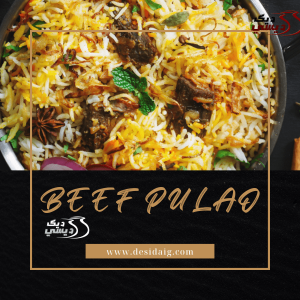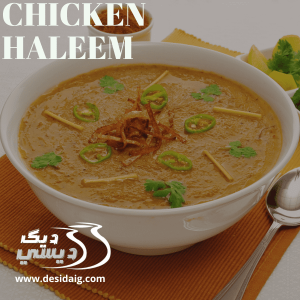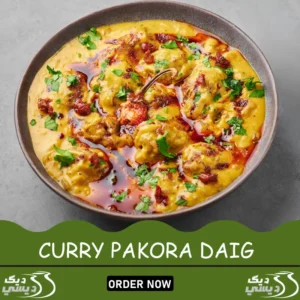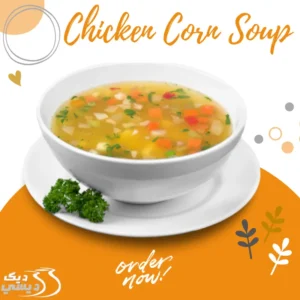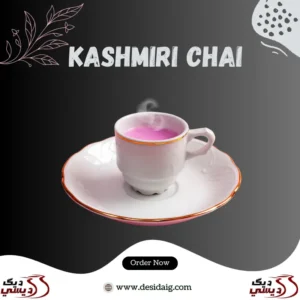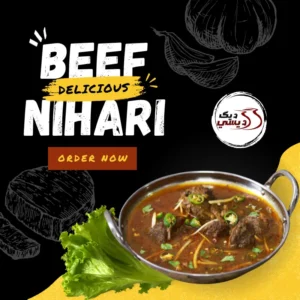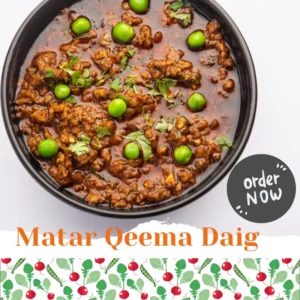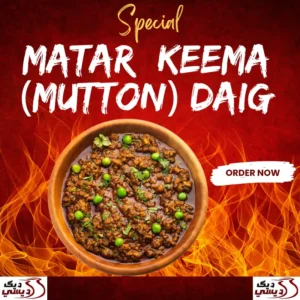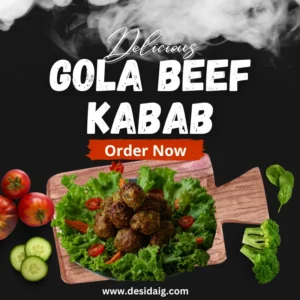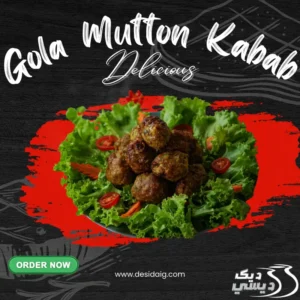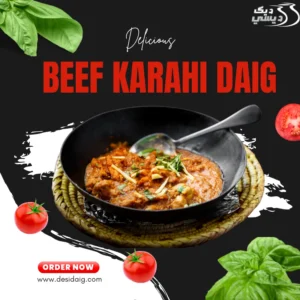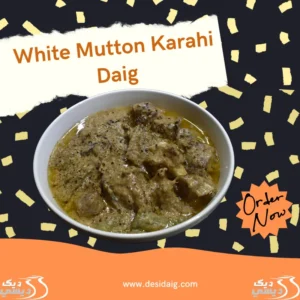The true taste of Desi Daig
with delicious flavors
by: DesiDaig.com



DesiDaig.com - Your Desi Food Partner

Discover
Our Story

We have started with a mission to provide you the best of the best traditional taste.
Born from a passion for authentic Pakistani cuisine and a vision to bring traditional communal feasting into modern celebrations, DesiDaig.com has grown from its humble beginnings to become a cherished name in Lahore, Faisalabad, Islamabad, and Rawalpindi. Our story is a testament to the rich culinary heritage of Pakistan, where every dish tells a story, and every meal is an occasion. At DesiDaig.com, we are more than just a catering service; we are the bearers of tradition, bringing the warmth of shared meals and the excellence of Pakistani hospitality to your doorstep. Our journey is marked by an unwavering commitment to quality, authenticity, and customer satisfaction, making every event a memorable celebration of flavors that resonate with the essence of our heritage.
Top Trending Desi Daig Menu
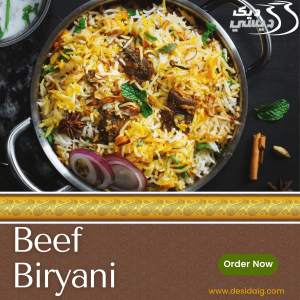
Beef Biryani Daig
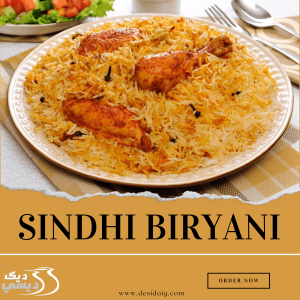
Sindhi Chicken Biryani Daig

Mutton Biryani Daig

Hyderabadi Chicken Biryani Daig
Special Desi Daigs for Events
Event
Catering

We offer wide range of catering services with delicious food at your doorstep.

Popular Daig
Main Dishes

Biryani

Best kulfa in Pakistan

Chicken Mandi
Head Office
Rawalpindi







